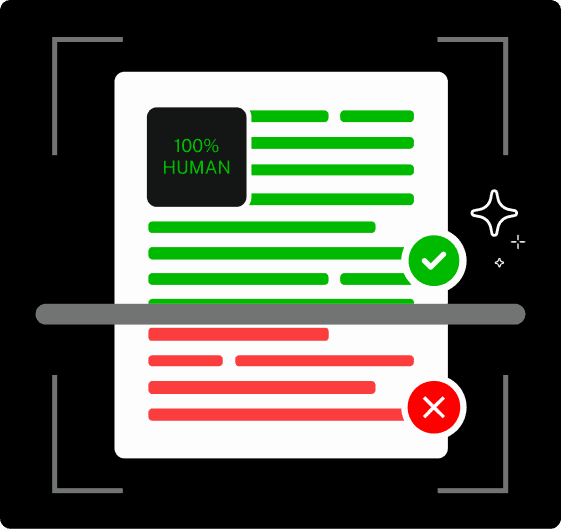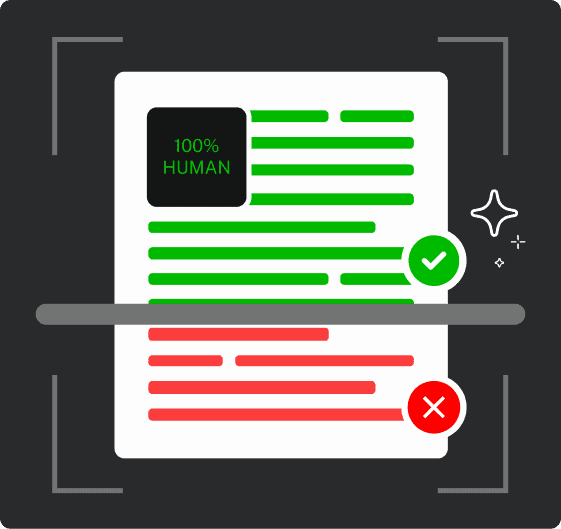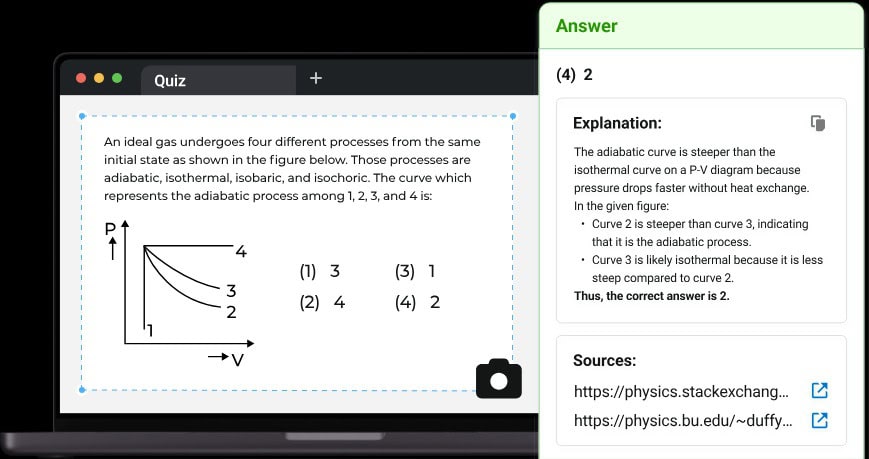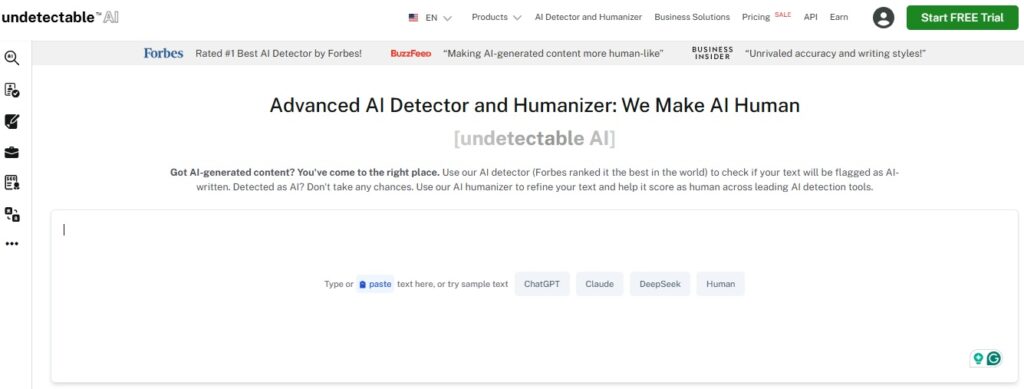When, where, and why. Three simple yet essential words in the English vocabulary.
These words pinpoint a specific time, place, or reason and make the context more vivid.
More importantly, they connect your ideas smoothly.
No sentence stitching, no awkward phrasing, just clean storytelling. You’ve seen them work overtime in headlines, novels, and even memes.
That was the summer when everything changed.
The café where we met doesn’t exist anymore.
No one knew the reason why she disappeared.
If the English language had Oscars, these three would probably rack up the trophies.
Because they don’t just connect your thoughts but actually support them in making everything more understandable.
Now that you know what they do, let’s look at how to use them like a pro.
Key Takeaways
- Relative adverbs (“when,” “where,” and “why”) introduce adjective clauses that explain time, place, or reason.
- They modify nouns, unlike relative pronouns, which refer to people or things.
- Using them creates smoother, more connected sentences without repetition or awkward phrasing.
- Be careful not to confuse them with subordinating conjunctions, which modify entire clauses.
- Clarity matters: the relative adverb must clearly relate to the noun right before it.
What Is a Relative Adverb?
A relative adverb is a grammatical matchmaker. It connects two parts of a sentence by introducing an adjective clause that describes when, where, or why something happens.
Think of it as the friend who introduces you to someone at a party by saying, “This is Sarah, the one who lived in that house where the infamous karaoke incident happened.”
The relative adverb bridges your main clause and the additional information you want to share.


Never Worry About AI Detecting Your Texts Again. Undetectable AI Can Help You:
- Make your AI assisted writing appear human-like.
- Bypass all major AI detection tools with just one click.
- Use AI safely and confidently in school and work.
Instead of writing two separate sentences, you can weave them together into something more elegant and connected.
How They Introduce Adjective (Relative) Clauses
Relative adverbs introduce adjective clauses that modify nouns in your main sentence.
These clauses add essential context without creating a grammatical disaster.
Here’s the thing: the clause they introduce isn’t just random information thrown in for fun.
It specifically describes the noun that comes right before the relative adverb.
For example, “I remember the day when we first met” uses “when” to introduce a clause that describes “the day.” The clause “when we first met” says something specific about that particular day.
Without the relative adverb, you’d be stuck with clunky sentences like “I remember the day. We first met on that day” that nobody wants to read.
The beauty of relative adverbs is that they help you write better by creating seamless connections.
Your reader doesn’t have to work overtime to understand how your ideas relate to each other. The relative adverb does that heavy lifting for you.
Difference Between Relative Adverbs and Pronouns
Here’s where things get interesting. Relative adverbs and relative pronouns are like cousins who look similar but have totally different personalities.
Relative pronouns (who, whom, whose, which, that) refer to people or things. Relative adverbs refer to circumstances.
Relative pronouns can often be replaced with their antecedent.
For instance, “The woman who called yesterday” could become “The woman called yesterday” if you rearrange things. But relative adverbs can’t pull that same trick.
You can’t just yank “when” out of “the time when everything changed” without completely losing the meaning.
Another key difference is that relative pronouns often serve as the subject or object of their clause, while relative adverbs function as, well, adverbs.
They modify verbs, adjectives, or other adverbs within the clause they introduce.

If you’re struggling to tell them apart in your own writing, Undetectable AI’s Ask AI can help you distinguish between relative adverbs and relative pronouns in context.
It’s like having a grammar-savvy friend who doesn’t judge your confusion.
The Three Main Relative Adverbs
Let’s break down the holy trinity of relative adverbs.
These three words do most of the work in the relative adverb world.
When – Refers to Time
“When” is your go-to relative adverb for anything time-related. It introduces clauses that describe moments, periods, or occasions.
Think “the summer when I learned to skateboard” or “the moment when everything clicked.”
The tricky part about “when” is that it sometimes feels interchangeable with “that” in certain contexts. But here’s the difference: “when” specifically emphasizes the temporal aspect.
“The day when we moved” feels more focused on the timing than “the day that we moved.”
You’ll often see “when” used with time-related nouns like day, year, moment, time, period, era, or season.
It creates a natural bridge between the time reference and what actually happened during that time.
Where – Refers to Place
“Where” handles all your location-based needs. It introduces clauses that describe places, locations, or positions.
“The coffee shop where I wrote my first novel” or “the corner where we always meet” are classic examples.
What makes “where” particularly useful is its ability to create vivid mental images. Instead of saying “I went to the park.
The park had amazing cherry blossoms,” you can say “I went to the park where the cherry blossoms were absolutely stunning.” Same information, better flow.
“Where” works with place-related nouns like house, city, street, country, room, building, or any location you can think of.
It’s particularly powerful in descriptive writing because it helps readers visualize settings without breaking the narrative flow.
Why – Refers to Reason
“Why” is the philosopher of the relative adverb family. It introduces clauses that explain reasons, causes, or motivations.
“The reason why I started writing” or “that’s why I don’t trust people who don’t like dogs” shows “why” in action.
Interestingly, “why” is often used in more casual, conversational writing. It has a slightly different feel than the more formal “for which” or “because of which.”
“The reason why” constructions are everywhere in modern writing, even though some grammar purists argue you can just use “the reason” without the “why.”
The thing is that “why” makes your writing sound more natural and conversational.
It’s the difference between sounding like a human and sounding like a legal document.
How to Use Relative Adverbs in Sentences
Using relative adverbs effectively is about creating smooth connections between ideas.
The key is making sure your relative adverb refers to the right noun and that the clause it introduces makes logical sense.
Start by identifying the noun you want to modify. Then ask yourself if you’re describing when, where, or why something related to that noun happened.
If so, you’ve got a perfect setup for a relative adverb.
The most common mistake people make is creating unclear antecedents.
Your relative adverb should clearly refer to the noun that comes right before it.
“I visited the restaurant where when I was hungry” doesn’t work because “where” is trying to refer to a place, but “when” is throwing in a time element that confuses everything.
Another pro tip is to pay attention to the punctuation. If the information in your relative clause is essential to understanding the sentence, don’t use commas.
“The place where I grew up” doesn’t need commas because “where I grew up” is crucial information.
But “My hometown, where I learned to drive, has terrible roads” uses commas because the relative clause adds extra, non-essential information.

If you’re worried about misplaced relative adverbs or clause errors, Undetectable AI’s AI Grammar Checker can catch these issues before they trip up your readers.
It’s like having a safety net for your sentence structure.
Relative Adverb vs Subordinating Conjunction

This is where things get a bit technical, but stick with us.
The confusion between relative adverbs and subordinating conjunctions trips up a lot of writers.
Similarities in Function
In English grammar rules, relative adverbs and subordinating conjunctions connect clauses and create relationships between ideas.
They both introduce dependent clauses that can’t stand alone as complete sentences, and both help you create more complex, sophisticated sentence structures.
The words themselves can even be the same.
“When,” “where,” and “why” can function as either relative adverbs or subordinating conjunctions depending on how they’re used. It’s all about context and what they’re actually doing in the sentence.
Key Differences in Structure and Use
The big difference is that relative adverbs specifically introduce adjective clauses that modify nouns.
Subordinating conjunctions introduce adverb clauses that modify verbs, adjectives, or entire clauses.
A relative adverb creates a direct relationship with a specific noun. “The house where I grew up” has “where” directly modifying “house.”
But a subordinating conjunction creates a broader relationship. “I feel nostalgic when I visit my hometown” has “when” introducing a clause that modifies the entire action of feeling nostalgic.
Examples Showing the Distinction
Let’s look at some examples to make this crystal clear:
- Relative adverb: “I remember the moment when everything changed.” Here, “when” introduces a clause describing “the moment.”
- Subordinating conjunction: “When everything changed, I wasn’t prepared.” Here, “when” introduces a clause that sets up the timing of the main clause.
See the difference?
The relative adverb is tied to a specific noun, while the subordinating conjunction sets up a broader relationship between clauses.
Common Mistakes and How to Avoid Them
Let’s talk about the mistakes that make grammar teachers cry and readers confused.
One of the biggest problems is using relative adverbs without a suitable antecedent.
“I went to the store when I needed milk” sounds fine, but it’s technically incorrect.
“Store” isn’t a time, so “when” doesn’t have a proper antecedent. In the sentence, “when” is not a relative adverb because it doesn’t modify a noun. It’s a subordinating conjunction that connects the two clauses.
Another common mistake is mixing up “where” and “when” in casual speech.
“Back in the day where things were simpler” should be “back in the day when things were simpler” because “day” refers to time, not place.
There’s also confusion surrounding “why.” People often write “the reason why is because,” which is redundant. Pick one: “the reason is” or “why is” but not both.
The goal isn’t to use relative adverbs everywhere.

It’s to use them strategically to create natural connections and enhance your meaning.
Undetectable AI’s AI Humanizer can help smooth transitions and ensure natural phrasing around relative clauses, making your writing sound more conversational and less robotic.
Start exploring—our AI Detector and Humanizer are waiting in the widget below!
Where, When, Why… and What Now?
Relative adverbs are tools, not rules.
They’re there to help you create clearer, more connected writing. Master them, and you’ll notice your sentences flowing more naturally. Your readers will thank you for making their job easier.
The best writers use relative adverbs instinctively. They know when to deploy “when,” where to place “where,” and why to use “why.”
But getting to that level takes practice and attention to how these little words function in sentences.
Start paying attention to relative adverbs in the writing you admire. Notice how they create connections and smooth out potentially awkward transitions.
Then practice using them in your work.
Grammar isn’t about following rules for the sake of rules. It’s about communication.
Relative adverbs help you communicate more effectively by creating clear, logical connections between your ideas. And in a world full of unclear, confusing writing, that’s a superpower worth developing.
Want help making your sentences sound more human, natural, and grammar-savvy?
Try Undetectable AI’s Grammar Checker and AI Humanizer, which are built to smooth out awkward phrasing and help your writing connect.
